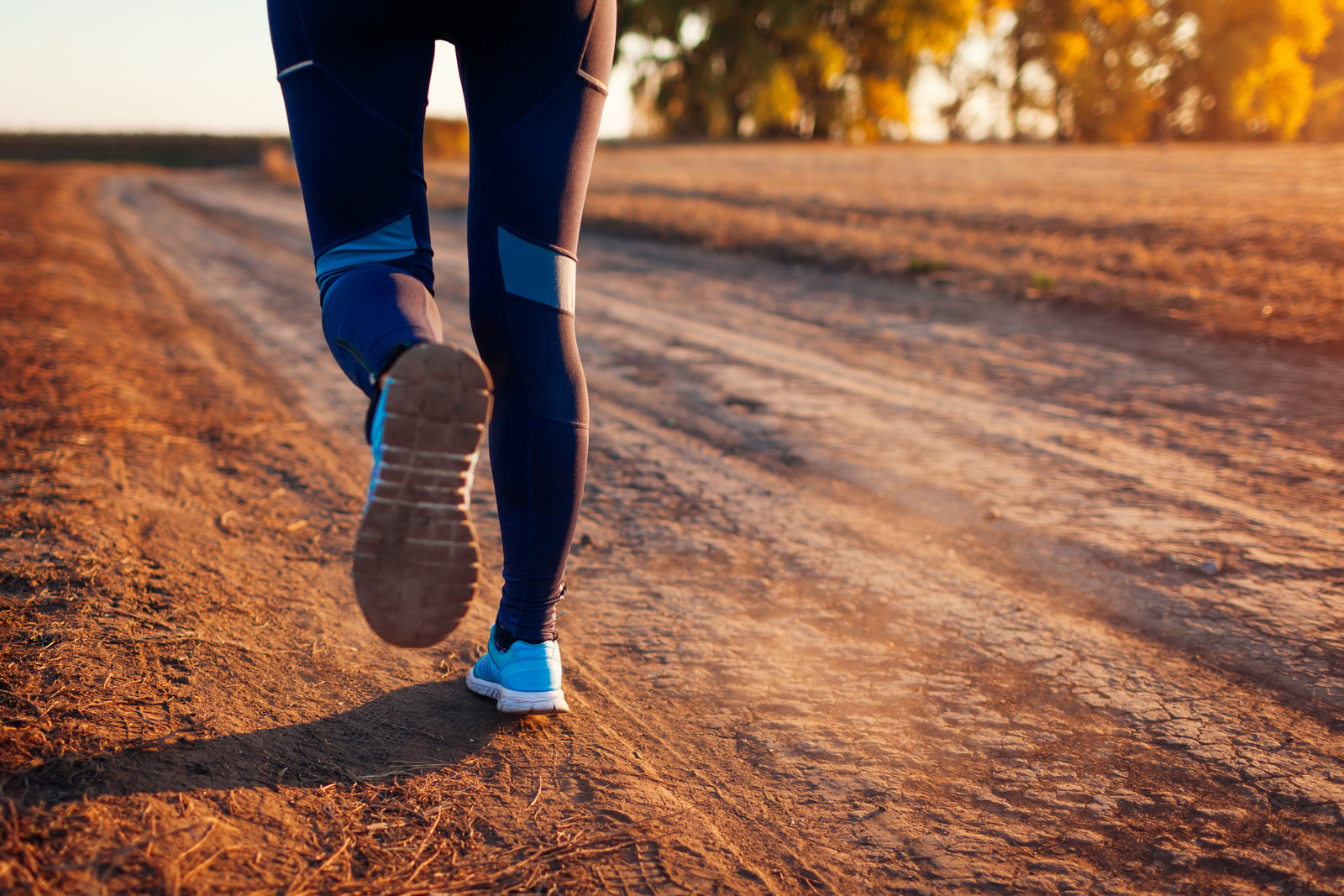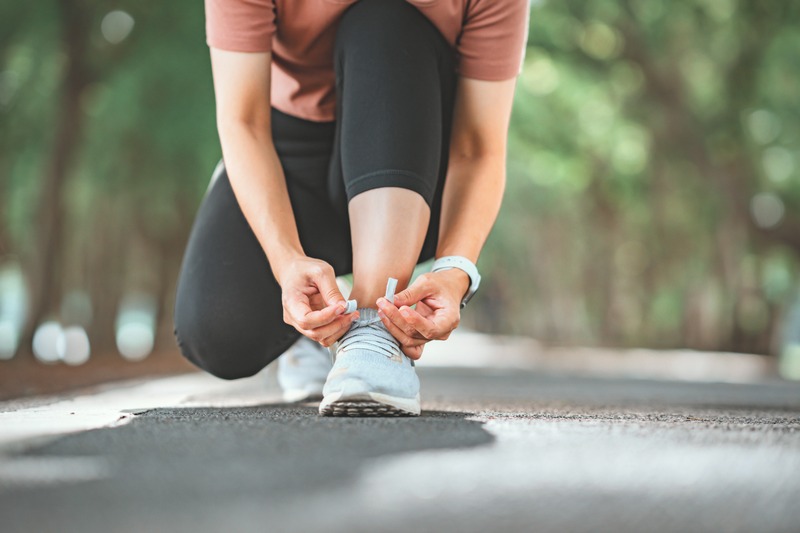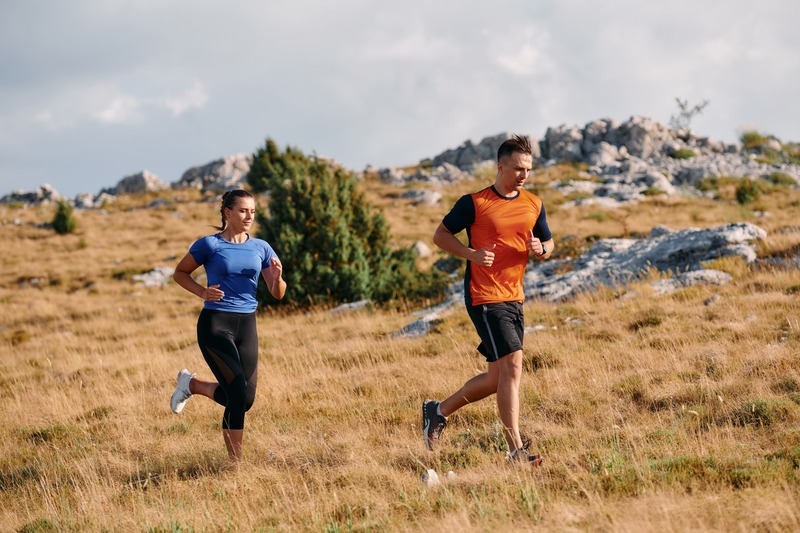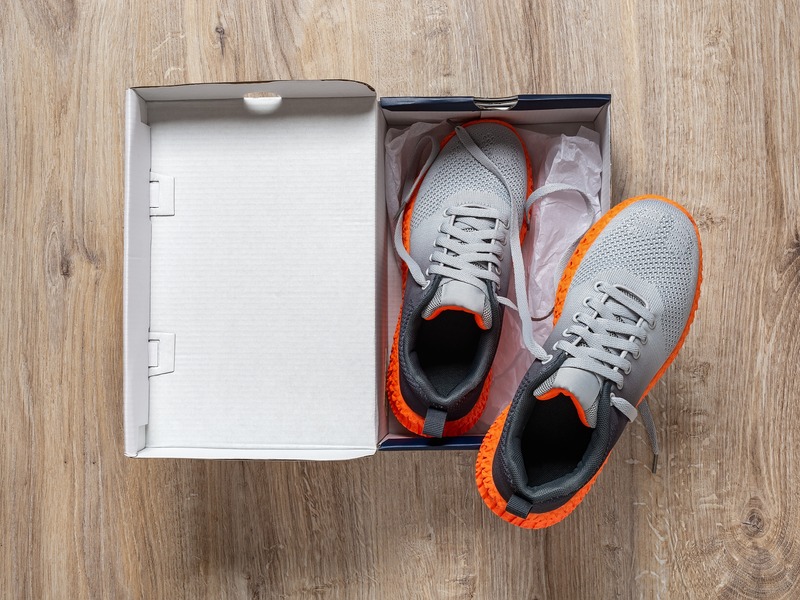The Complete Guide to Choosing Running Shoes for Flat Feet
June 30, 2024

When you buy through links on our site, we may earn an affiliate commission.
Have you been told or recently discovered that you have flat feet? If so, you're not alone, with the condition affecting around 8% of the adult population. However, you might be concerned about its implications for your running journey.
The good news is having flat feet shouldn't deter you from experiencing the joy and benefits of running. While it's true that flat feet require a little extra consideration when it comes to footwear, finding the right pair of running shoes can make all the difference. With the proper support and fit, you can confidently stride towards your training goals while minimizing the risk of discomfort or injury.
Thus, the aim of this complete guide is to walk you through how to choose the perfect running shoes for your unique foot type and get you ready to hit the ground running.
How Does Having Flat Feet Affect Your Running?
It's all well and good being told you have flat feet, but what does that actually mean – especially in the context of your running journey?
First, it affects how your body bears weight and absorbs shock. While we take our feet for granted, they are marvels of engineering designed to support our weight and propel us forward. Central to our foot biomechanics is the arch, which acts like a natural spring, absorbing shock and providing leverage as we move.
However, if you have flat feet, your foot arch is lower than usual or completely flattens when bearing weight. In short, it means you don't quite have the same spring in your step as you're meant to.
There are all kinds of reasons why you might have flat feet, including your genetic makeup and conditions such as diabetes. Even a previous foot or ankle injury can cause your feet to flatten. The cause might also determine which type of flat feet you have – flexible or rigid. As the name suggests, flexible flat feet have a visible arch when not bearing weight but flatten out upon standing or walking. In contrast, rigid flat feet remain flat regardless of weight-bearing.
While many people with flat feet experience no issues, this foot type can impact your running by causing overpronation, an excessive inward roll of the foot. This inward roll can disrupt your body's natural alignment, potentially leading to discomfort, pain, and an increased risk of injuries such as plantar fasciitis, shin splints, or runner's knee.
But don't panic. Today's running shoes boast plenty of features to help compensate for any imperfections in your running gait. So, let's quickly go over what you need to look for when choosing running shoes for your flat feet.
Key Considerations When Choosing Running Shoes for Flat Feet
Flat feet needn't dampen your running experience. With the right pair of running shoes, your running journey shouldn't be too much different from those with more conventional biomechanics. The factors below should help you make the correct choice, keeping you pain-free and happy on your runs.
Fit and Comfort
Comfort should always be priority number one. If you're experiencing discomfort from your shoes every time you go out for a run, you won't stay running for long. So, try on a mix of brands and models to find the right fit.
Look at specific fit elements such as toe box width, arch support, and how well the shoe locks your heel in place. An excellent fit will not only prevent common running injuries associated with flat feet but also keep you free of blisters and black toenails.
Support and Stability
As mentioned earlier, people with flat feet are more likely to overpronate. Stability running shoes are designed to somewhat mitigate overpronation. Unlike neutral running shoes, they have features such as dual-density midsoles, firmer heel counters, and medial posts (though less common these days) to guide and encourage your feet into the most natural motion.
These shoes often feature other helpful elements, such as reinforced midfoot uppers, enhanced cushioning, and strategic arch support, which can all help alleviate issues derived from flat feet.
Cushioning
Regarding cushioning, there are no hard and fast rules concerning flat feet. It's about finding a level that works for you. That said, shoes with enormous heel stack heights (40mm+) might not be ideal as they won't be able to offer the same stability as more moderately cushioned shoes. They'll also give you far less ground feel. Therefore, it's probably wise to start looking at shoes in the 30mm to 35mm range.
Flexibility vs. Motion Control
In the past, overpronators were always guided by professionals in the direction of motion control shoes, which have features that try to alter your natural biomechanics. The problem is these shoes tend to be very rigid, sometimes to the point of causing other issues and even injury.
As a result, in the last few years, advances in running shoe development have allowed motion control shoes to shift considerably, delivering much more flexibility in your natural foot strike. Rather than forcing you to foot strike in a certain way, they encourage and work with your body's natural biomechanics, rather than against them.
As with all things running shoes, they operate on a scale. Some rigid motion control shoes are still available, while much more flexible options are now available at the other end of the spectrum. Trying on a variety of options is the best way to find what feels right for you.
Tips for Finding the Perfect Running Shoes for Your Flat Feet
When it comes to finding your perfect pair of running shoes, there are a few things you can do to enhance your chances.
Asses Your Foot Type and Running Gait
Firstly, it's usually a good idea to understand just how “flat” your feet are. There are plenty of at-home tests you can carry out, including The Wet Foot Test. Just a few minutes spent here can give you plenty of insight into your foot mechanics.
You can even perform a DIY gait analysis to assess just how severe your overpronation is (or if you even overpronate in the first place). There's no need to go to a specialty running store if you don't want to.
Visit a Running Store to Try on Shoes
However, it's always a great idea to visit a running store to try on shoes and get a better idea of what works for you. When you do, wear your regular running socks to ensure an accurate reflection of fit and make sure you actually run in the shoes, not just walk. Some brands even allow you to take some running shoes home to test out and return them used (subject to conditions).
Heading down to a running store also gives you the opportunity to receive tailored advice, try on a wide range of shoes, and fit the perfect fit. And when your chosen pair reaches the end of their lifespan, you can always buy their replacements online if you want to save a little time and money.
Our Top Picks: Running Shoes for Flat Feet
Finding the right running shoes for flat feet often involves trial and error, but we're here to provide a head start. Here are our top recommendations across various categories:
Best Overall: Brooks Adrenaline GTS
The Brooks Adrenaline GTS consistently ranks high for runners with flat feet thanks to its perfect balance of support and cushioning. Its GuideRails technology gently steers the foot without feeling overly restrictive, making it a versatile choice for daily runs and long distances.
Best Daily Runners: Saucony Guide
The Saucony Guide offers a smooth and comfortable ride for everyday training. It provides subtle stability, while the rocker geometry within the shoe will help flat footers keep that forward momentum.
Best for Wide Feet: Hoka Gaviota
Runners with wider feet and flat arches will appreciate the Hoka Gaviota's roomy toe box and plush cushioning. Its J-Frame technology provides stability without adding bulk, making it a comfortable option for long runs.
Best Speed Shoes: Saucony Tempus
Don't let flat feet slow you down! The Saucony Tempus combines a lightweight design with stability features to support faster paces. Its peppy PWRRUN PB cushioning and super lightweight upper work together to deliver a fast and stable ride for tempo runs, intervals, and even races.
Best Affordable Shoes: Asics GT-1000
The Asics GT-1000 proves you don't have to break the bank for reliable support. Its DuoMax technology and GEL cushioning offer a comfortable and stable ride at a budget-friendly price, making it an excellent value for runners with flat feet.
Running with Flat Feet FAQs
1. Can I still run if I have flat feet?
Absolutely! Many people with flat feet run comfortably and successfully with the right shoes and support.
2. What type of running shoes is best for flat feet?
People with flat feet often look for stability shoes with features like medial posts, firm heel counters, and ample cushioning to support overpronation. While these features may be important, the overriding factors should be comfort and overall fit.
3. How do I know if I have flat feet?
You can do a simple Wet Foot Test at home. You can also assess your level of overpronation through a professional gait analysis at a running store or by performing one yourself.
4. Is it essential to get custom orthotics for flat feet?
Not always. Many runners find sufficient support from well-chosen running shoes, particularly the most recent releases that feature cutting-edge mixed-density foam technology.
Don't Let Flat Feet Stop Your Running Enjoyment
If you're a flat-footed runner, there's no need to worry. Yes, shoe choice is more critical for you than someone with more typical foot arches, but it doesn't sound the death knell on your running journey.
Once you've found the ideal running shoes for your needs, you can still experience the same exhilaration and health benefits as any other runner. Just remember, specialized features to help your flat feet are great, but prioritize comfort above all else.
Are you settled on your choice of shoes? Great! When you know which make and model of shoe is the best option for you, just enter it into our interactive search bar here on RunningShoeDeals.com to find it for the best possible price.


